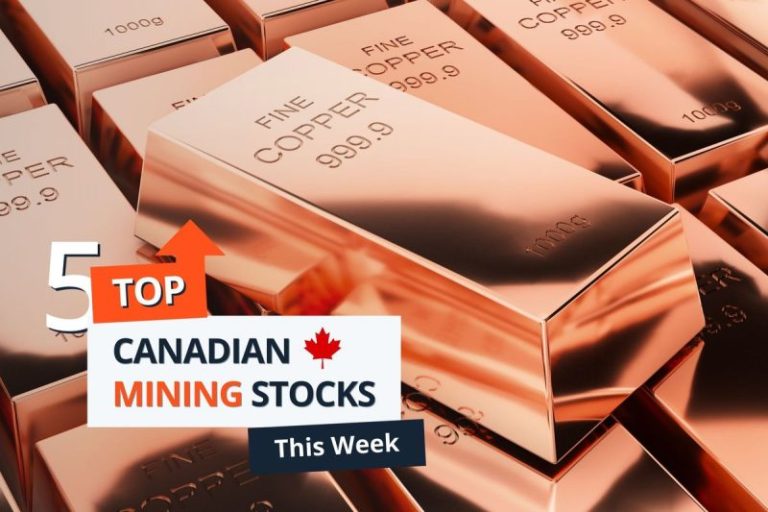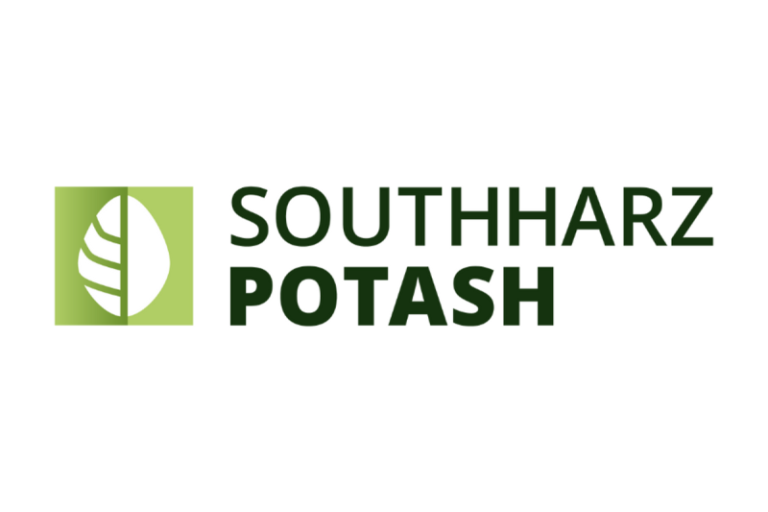The palladium price surged upward in 2025 after three years of trending down and sideways.
More than 80 percent of palladium demand comes from the auto sector, where it is used in the production of catalytic converters. Platinum and palladium are mostly interchangeable for this end use, and typically swapped for each other as their prices fluctuate.
Strong growth in demand for electric and hybrid vehicles in recent years has placed downward pressure on palladium prices. On the supply side, Russia is one of the world’s top suppliers of palladium and other platinum-group metals.
In 2025, palladium prices soared by more than 83 percent as of mid-December on supportive demand signals from slowing electric vehicle (EV) adoption trends and concerns about Russian supply reliability.
The price of the metal reached a year-to-date high of US$1,675.50 per ounce on December 17.
What’s the outlook for palladium in 2026? Let’s see what the experts have to say.
Platinum demand depends on auto sector
As for China, data from the China Passenger Car Association shows retail auto sales fell by 8.1 percent in November and dropped by 1.1 percent month over month; however, exports rose 52 percent to a record high of 601,000 units.
“New-energy vehicle sales grew only 4.2 percent year over year, undershooting expectations and reinforcing the theme that the domestic EV momentum is cooling faster than previously assumed,” said Hasan.’The export boom, however, keeps Chinese production elevated and sustains global palladium demand through foreign-market supply chains.”
The global slowdown in EV sales is also beneficial to palladium’s demand prospects. Reuters reported that global EV sales rose by just 6 percent in November on flat sales out of China and a 42 percent drop in North America after the Trump Administration ended the EV tax credit scheme. That’s the slowest growth rate since February of 2024.
“Slower electrification limits the speed of substitution away from palladium-heavy combustionengines, extending the life cycle of auto catalyst demand at a time when supply growth remainsan open question,” Hasn stated.
Looking into 2026, S&P Global sees the outlook for light-vehicle production being dependent on changing US trade policies and emissions standards. Consumer demand could be weighed down by the extra costs brought about by tariffs.
“The broader pattern suggests flattish global production trends for 2026, a scenario that keeps palladium demand growth steady but not spectacular,” Hasn explained.
Another factor that may impact palladium demand in the coming year is the premium reversal and the potential for auto makers to swap platinum for palladium in autocatalysts. Historically, for the most part palladium has traded at a premium to platinum; however, this trend reversed in late 2025 as the platinum market is facing a large supply deficit for the year.
In its September 2025 market update, the World Platinum Investment Council (WPIC) reported at that time that platinum prices over the preceding twelve months were trading at an average premium of US$59 per ounce to palladium prices. The WPIC said it “expects reverse substitution (i.e. palladium for platinum) to reach 250 koz by 2029f. With palladium now benefitting from reverse substitution, palladium will also relatively benefit (versus platinum) from China 7 emission legislation which we have added into our forecasts from 2028f.”
As of December 17, platinum is trading at a premium of more than US$250 compared to palladium.
Palladium supply facing challenges
Palladium’s price peaks in 2025 are not all related to demand. Production and logistics challenges are also driving prices for the metal. The two geographic regions to watch for supply side trends are Russia and South Africa, by far the two biggest palladium producing countries. Together, they account for more than three-quarters of global palladium production. In Russia, palladium is mainly a by-product of nickel and copper mining, whereas in South Africa the metal is mined as a by-product or co-product of platinum.
In South Africa, platinum and palladium mining operations have been plagued by heavy rain and flooding in 2025. The nation’s mining industry has already been suffering under an energy crisis marked by frequent power outages. To further compound the supply problem, maturing deposits are becoming more expensive to mine and a lack of significant capital investment has led to a dearth of new projects.
In Russia, palladium output is traditionally dependent upon the economic and operational viability of its nickel mines. Since the country’s invasion of Ukraine, logistical challenges have erupted all along the palladium supply chain from mining to export as sanctions and trade restrictions have tightened. This includes the removal of Russian refiners from the London Platinum and Palladium Market ‘Good Delivery Lists’.
Another supply side challenge came in mid-2025 when American palladium producer Sibanye-Stillwater (NYSE:SBSW) headed up a petition requesting that the US International Trade Commission (ITC) investigate anti-dumping and countervailing duties on Russian unwrought palladium. Russian palladium represents about 40 percent of US imports of the metal.
The ITC found that dumped and subsidized Russian palladium imports do pose a threat to the US palladium industry. The Department of Commerce is now conducting a full investigation into the dumping margins and subsidies of Russian unwrought palladium. A determination is expected in January 2026, followed by the final phase of the ITC investigation to be completed in May 2026.
Sterck said the outcome could have an impact on the substitution of platinum for palladium in catalytic converters. “I think going into next year, we should get greater clarity on these investigations, and it’s certainly something that we’ll be watching in terms of trying to inform our estimates for 2026 as a whole,” he added.
In its September 20205 market update, the WPIC projected that the palladium market will likely post supply deficits for 2025 and 2026 before moving into a surplus. That’s with palladium mine supply forecast to decline by 1.1 percent CAGR between 2024 and 2029.
“Notably, the forecast of palladium going into surplus is entirely contingent on recycling supply growth. If this does not materialise then palladium could remain in a deficit for the foreseeable future, which could materially alter palladium value expectations,” stated the report.
Palladium price forecast for 2026
The palladium market is notoriously volatile and highly sensitive to economic swings and supply disruptions. All of this makes forecasting palladium prices challenging.
Precious metals industry service provider Heraeus Precious Metals’ 2026 palladium price forecast is representative of the uncertainty prevalent in this segment of the market. The firm is projecting that prices for the metal will trade in a range of US$950 to US$1,500 next year.
Palladium may face a widening surplus as battery electric vehicles gain market share,” said Henrik Marx, Head of Trading at Heraeus Precious Metals. This would likely place downward pressure on palladium price. However, the firm’s report points out that the metal’s price may receive a boost from a rally in platinum prices.
New York-based precious metals dealer Bullion Exchanges has a base case of US$1,300 to US$1,600 per ounce for palladium in 2026. If EV adoption grows faster than expected, its bearish case for the metal comes in at US$1,100 per ounce. If the supply deficit deepens and Russian palladium faces further sanctions, the firm sees a more bullish case for palladium to soar above US$1,800 per ounce.
Securities Disclosure: I, Melissa Pistilli, hold no direct investment interest in any company mentioned in this article.










